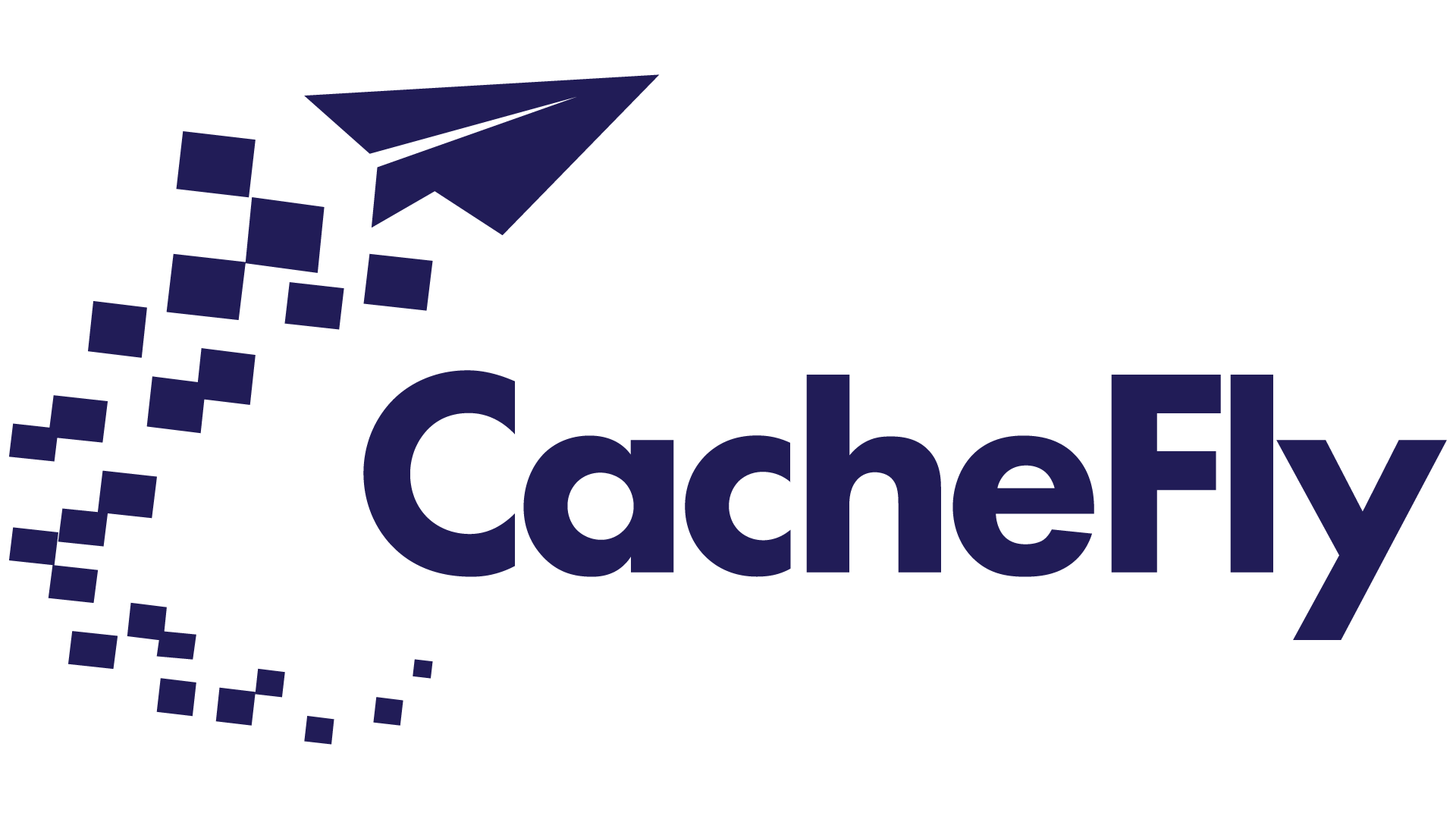
Measuring and Improving Game Content Performance: A Comprehensive Guide
Key Takeaways
- Real-time analytics tools are crucial for monitoring game content performance.
- Custom dashboards offer actionable insights by visualizing key metrics.
- CDN log analysis enables the identification of trends and anomalies.
- Integrating analytics with game development optimizes content delivery.
As developers strive to meet and exceed player expectations, measuring and improving game content performance becomes a non-negotiable aspect of game development and delivery. This comprehensive guide unfolds the significance of real-time analytics, the power of custom dashboards, the insights gained from CDN log analysis, and the integration of analytics into game development workflows. By embracing these strategies, gaming companies can ensure their content not only reaches players efficiently but also offers the seamless, high-speed experience gamers demand. Let’s dive into the essential steps for measuring and enhancing your game’s content performance.
Measuring Game Content Performance with Real-Time Analytics
Implementing real-time analytics tools to track pivotal performance metrics such as download speeds, latency, and cache hit ratios is the first step to understanding and refining your game’s delivery. Real-time analytics shed light on how your content performs across different geographies and devices, allowing you to pinpoint and rectify bottlenecks swiftly.
Further enhancing your analytical capabilities, setting up custom dashboards to visualize key metrics equips you with actionable insights. Tailoring dashboards to reflect the metrics most relevant to your game’s performance helps in quickly spotting trends and anomalies. This immediate access to data empowers you to make informed decisions, ensuring your game content is always optimized for peak performance.
Moreover, utilizing CDN log analysis opens a window into the behavior of your game content in the wild. These logs offer a comprehensive view of user interactions, providing a detailed picture of how content is accessed and consumed. By analyzing this data, you can detect patterns, identify potential issues, and adjust your content distribution strategy for better performance.
Lastly, integrating analytics data with your game development workflow stands as a cornerstone for continuous performance improvement. This integration ensures that every facet of the game, from initial development to final delivery, benefits from data-driven insights. It allows your team to adapt in real-time, fine-tuning content delivery to meet the high standards demanded by today’s gamers.
By adopting these strategies, game developers and publishers can significantly enhance the gaming experience, ensuring that players remain engaged and satisfied. The journey towards measuring and improving game content performance is ongoing, but with the right tools and approaches, success is well within reach.
Optimizing Game Content Delivery with CDN Features
In the quest to deliver unparalleled gaming experiences, optimizing game content delivery emerges as a critical strategy. With gamers’ expectations soaring, leveraging advanced CDN features can significantly enhance game performance. From reducing latency with CDN caching to managing data access with granular control, each aspect plays a pivotal role in refining the gaming experience. Let’s explore how these CDN features can revolutionize your game’s content delivery.
Leveraging CDN Caching for Enhanced Performance
CDN caching stands as a cornerstone in optimizing game content delivery. By storing copies of your game assets on strategically located servers, you ensure that players around the globe experience minimal latency and swift load times. This not only enhances the responsiveness of your game but also contributes to a seamless, immersive gaming experience. The strategic placement of these assets, closer to your end-users, means that the journey data has to travel is significantly shortened, slashing down the waiting times that can often lead to frustration and disengagement.
Implementing Intelligent Routing and Load Balancing
Intelligent routing and load balancing are not just buzzwords; they are essential components of a robust game content delivery strategy. By dynamically directing traffic to the best-performing server based on real-time conditions like geographic location and server load, you ensure efficiency and reliability in content delivery. This smart distribution of requests optimizes server utilization, preventing any single point from becoming overwhelmed and potentially degrading the user experience. It’s all about getting the right content to the right user at the right time, seamlessly and efficiently.
Utilizing CDN Edge Computing for Real-time Computations
Edge computing represents a transformative shift in how data processing is approached, moving much of the workload closer to the user. For gaming, this means leveraging CDN edge capabilities to perform complex computations like AI decisions, physics simulations, or personalized content creation near-instantaneously. This not only lightens the load on your origin servers but also drastically reduces latency, offering gamers an experience that is both rich and responsive. Imagine enhancing your game with dynamic content that adjusts to player actions without skipping a beat – that’s the power of CDN edge computing.
Implementing Granular Access Control
As gaming companies handle vast amounts of sensitive data, implementing granular access control becomes imperative. This level of control ensures that only authorized users can access your content, safeguarding against unauthorized access and potential breaches. By managing who has access to your game data and when, you bolster security and maintain the integrity of your game’s performance. Granular access control is not just about protection; it’s about creating a trustworthy environment where gamers can immerse themselves without concerns over data privacy or security.
Optimizing game content delivery through these CDN features not only elevates the gaming experience but also sets the stage for innovation and growth in the gaming industry. By leveraging CDN caching, intelligent routing, edge computing, and granular access control, game developers and publishers can deliver content that is not just fast and reliable but also secure and personalized. These advancements underscore the importance of choosing a CDN that can provide the scalability, performance, and security necessary to thrive in today’s competitive gaming landscape.
Conducting A/B Testing to Evaluate CDN Performance
A/B testing stands as a critical component in the toolkit of game developers and publishers aiming to enhance their content delivery networks (CDNs). By systematically comparing different CDN configurations, caching strategies, and content delivery protocols, A/B testing provides actionable insights that drive optimization efforts. Let’s delve into the nuances of conducting effective A/B testing and how it can significantly impact game content performance.
Implementing A/B Testing for CDN Configuration Optimization
Choosing the right CDN configuration can dramatically influence game performance and user experience. However, identifying the most effective setup requires empirical evidence—this is where A/B testing comes into play. By setting up controlled experiments that pit one CDN configuration against another, developers can observe variations in performance metrics such as load times, error rates, and throughput. This methodical approach allows for the optimization of content delivery by adopting configurations that consistently outperform alternatives, thereby enhancing overall game performance. The insights gained through A/B testing can lead to a superior gaming experience that keeps players engaged and satisfied.
Optimizing Caching Strategies with A/B Testing
Caching is a powerful mechanism within CDNs that can significantly reduce latency and server load, but its effectiveness hinges on the implementation of optimal strategies. Through A/B testing, developers can experiment with different caching techniques, such as varying time-to-live (TTL) settings or tweaking cache expiration policies. This experimentation process uncovers the delicate balance between ensuring content freshness and reducing origin server requests. By carefully analyzing test results, developers can implement caching strategies that contribute to a snappier and more reliable gaming experience, ultimately leading to higher player retention and satisfaction rates.
Evaluating Content Delivery Protocols
The performance of a game can also be influenced by the choice of content delivery protocol. With options ranging from HTTP/2 to HTTP/3, each protocol offers unique advantages in terms of speed, efficiency, and reliability across varying network conditions. A/B testing enables developers to directly compare the impact of these protocols on game performance and user experience. By assessing metrics such as load times, connection stability, and responsiveness under load, developers can make informed decisions about the optimal content delivery protocol for their game, thereby ensuring that players receive the best possible experience regardless of their internet connection quality.
Analyzing A/B Test Results for Data-Driven Decisions
The final, and perhaps most critical, step in A/B testing is the analysis of test results. This phase involves a deep dive into the data collected during the testing period to uncover insights that will inform future decisions about CDN configuration and content delivery strategies. By examining key performance indicators and user feedback, developers can identify the most impactful changes. This rigorous analysis ensures that every adjustment to the CDN setup is a step towards optimizing game content delivery, reinforcing the commitment to providing an exceptional user experience. The continuous cycle of testing, analysis, and implementation fosters an environment of perpetual improvement, keeping games at the forefront of performance and user satisfaction.
Through the strategic use of A/B testing, gaming companies can navigate the complexities of CDN performance, making data-driven decisions that propel their games to new heights. This meticulous approach to measuring and improving game content performance not only enhances the player experience but also solidifies the game’s reputation in a competitive market. As technology evolves, so too will the methodologies for CDN optimization, with A/B testing remaining a cornerstone of innovative content delivery strategies.
Collaborating with CDN Providers for Optimal Game Performance
As the gaming industry continues to evolve at a breakneck pace, the collaboration between game developers and Content Delivery Network (CDN) providers has become more crucial than ever. This partnership is pivotal in developing tailored solutions, addressing performance bottlenecks, and implementing cutting-edge technologies that elevate the gaming experience to unprecedented levels. Let’s delve into the intricacies of these collaborations and their impact on the gaming world.
Developing Tailored Solutions for Unique Needs
Every game possesses its unique set of challenges and requirements, making a one-size-fits-all approach to content delivery suboptimal. Recognizing this, astute game developers work hand-in-hand with their CDN providers to craft custom solutions that align with their specific performance goals and technical needs. This close collaboration paves the way for leveraging the CDN’s advanced capabilities to optimize content delivery strategies meticulously. The result? Enhanced game performance that aligns perfectly with the developer’s vision and the players’ expectations.
Leveraging Expertise to Address Performance Bottlenecks
Identifying and resolving performance bottlenecks is paramount in ensuring a seamless gaming experience. CDN providers bring to the table a wealth of knowledge in pinpointing these bottlenecks within their networks. By harnessing this expertise, developers can swiftly address issues that could potentially hinder game performance, from latency spikes to packet loss. This proactive approach ensures consistent, high-quality gaming experiences across all regions, maintaining player engagement and satisfaction.
Embracing Advanced Features for an Enhanced Gaming Experience
The gaming industry’s relentless pursuit of innovation finds a strong ally in CDN providers. Through collaborative efforts, game developers can incorporate advanced features such as edge computing and real-time streaming into their games. These technologies reduce the distance between the game’s data and the end-user, drastically cutting down latency and improving responsiveness. By pushing the boundaries of what’s possible with content delivery, developers can offer players immersive, interactive gaming experiences that stand out in a crowded market.
Continuous Improvement through Regular Reviews and Optimization
The landscape of online gaming is ever-changing, necessitating an agile approach to content delivery. Successful game developers understand the importance of regular, in-depth reviews of performance metrics with their CDN providers. These discussions are invaluable in identifying areas for optimization and exploring new strategies to enhance content delivery. Such ongoing collaboration ensures that games remain at the cutting edge of performance, ready to adapt to the evolving demands of players and the industry at large.
In the quest to deliver exceptional gaming experiences, the collaboration between game developers and CDN providers plays a pivotal role. By developing custom solutions, leveraging expertise to address performance issues, embracing advanced features, and engaging in continuous optimization, developers can ensure that their games perform optimally across all regions. These efforts not only elevate the gaming experience but also contribute to the game’s success in a highly competitive market.
As we reflect on the importance of measuring and improving game content performance, two key points stand out: the necessity of tailoring CDN solutions to meet specific game requirements and the value of harnessing advanced CDN features to enhance the player experience. But beyond these strategies, how can we push the boundaries even further? What new innovations lie on the horizon that will redefine content delivery for the gaming industry?
About CacheFly
Beat your competition with faster content delivery, anywhere in the world! CacheFly provides reliable CDN solutions, fully tailored to your business.
Want to talk further about our services? We promise, we’re human. Reach us here.
Product Updates
Explore our latest updates and enhancements for an unmatched CDN experience.
CacheFly in the News
Learn About
Work at CacheFly
We’re positioned to scale and want to work with people who are excited about making the internet run faster and reach farther. Ready for your next big adventure?




